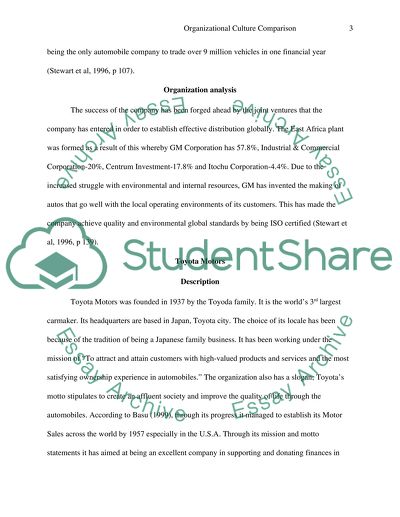Cite this document
(“Cultural Comparison Assignment: General Motors Research Paper”, n.d.)
Cultural Comparison Assignment: General Motors Research Paper. Retrieved from https://studentshare.org/marketing/1433715-cultural-comparison-assignment
Cultural Comparison Assignment: General Motors Research Paper. Retrieved from https://studentshare.org/marketing/1433715-cultural-comparison-assignment
(Cultural Comparison Assignment: General Motors Research Paper)
Cultural Comparison Assignment: General Motors Research Paper. https://studentshare.org/marketing/1433715-cultural-comparison-assignment.
Cultural Comparison Assignment: General Motors Research Paper. https://studentshare.org/marketing/1433715-cultural-comparison-assignment.
“Cultural Comparison Assignment: General Motors Research Paper”, n.d. https://studentshare.org/marketing/1433715-cultural-comparison-assignment.


